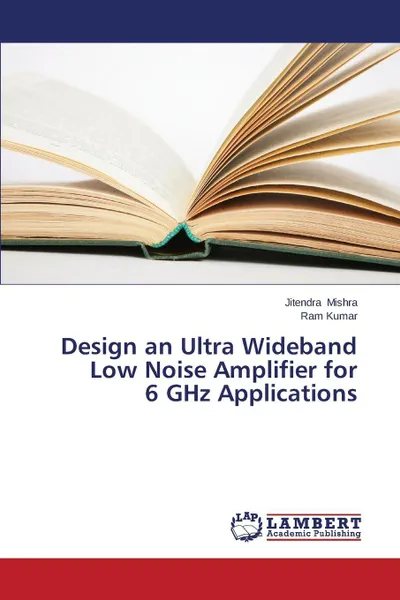Design an Ultra Wideband Low Noise Amplifier for 6 Ghz Applications 12+
Автор: Mishra Jitendra,
Kumar Ram
2014
76 страниц
Категория: Научная литература
ISBN: 9783659537400
Язык: Английский
📙 In recent years, down scaling in CMOS advanced technologies has provided high performance in the digital circuits and reduced cost thereby meeting to a large extent the increasing demand of wireless communication products. With this technology advancement, the unity-current gain frequency of CMOS technology is now over several tens of GHz making the realization of system on-chip solution possible which turns to further reduced cost. The concept of the RFIC design needed for the design of low noise amplifier such as gain, noise, stability, linearity, power consumption etc is discussed in the report. An overview has been given on different LNA architecture, their advantages and disadvantages have also been discussed.The designed circuit is simulated with the help of specture simulator from cadence design system using UMC .18um CMOS technology. After the simulation we got the simulated result of low noise amplifier as forward voltage gain(S21) of 18.53dB, noise figure is 1.8dB and minimum noise figure is 1.6dB, input reflection coefficient (S11) is -24dB, output reflection coefficient(S22) is -15dB,stability factor (Kf) is 4, IIP3 -10 dBm by using power supply voltage of 1.8v.
Мнения
